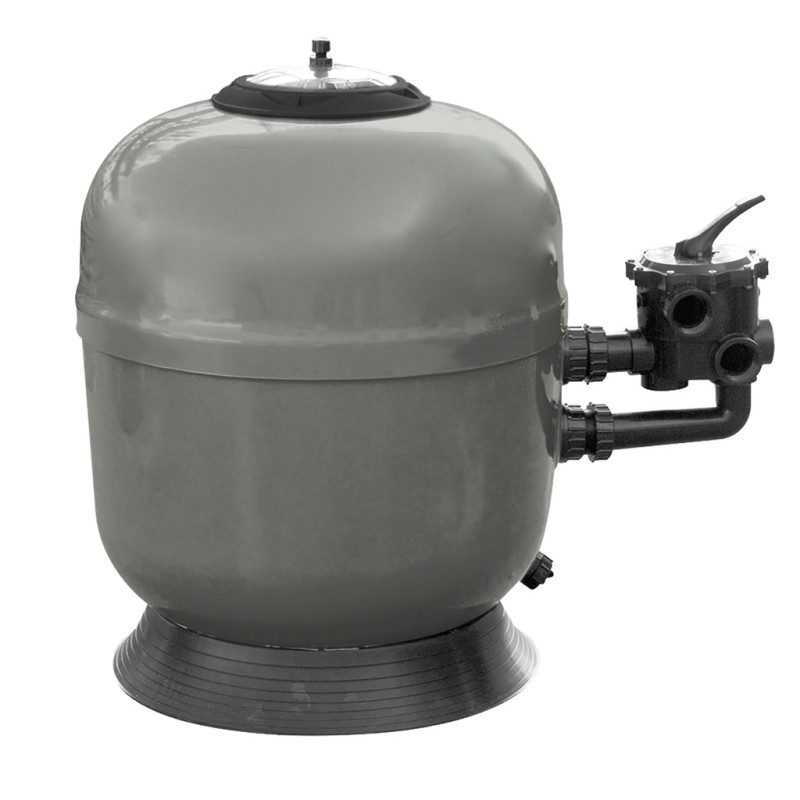

Beaucoup de choix, personnel très sympathique et très disponible et très beau show room.
J ai effectué chez eux mon projet de A à Z. Je voudrais remercier toute l'équipe de swiss Aqua Shop pour leur disponibilité et leur professionnalisme. Un grand merci également à Jonathan pour tous ses précieux conseils durant l'élaboration de mon projet :)
top ! j y achète mes produits pour ma baignade naturelle. ils sont très pointus, très intéressés et vous conseillent de façon hyper optimale. peux très compétitifs. je recommande sans réserve
Le staff est tres patient et sympa, beaucoup de passion dans leur conseil !

Delivery policy
Return policy
 Free delivery from 90 CHF *
Free delivery from 90 CHF *
Except Aquarium, sands and rocks or bulky object
The Shark Bead is a pressure filter that provides mechanical and biological treatment for ornamental or swimming pond water. It contains a substrate made of floating plastic beads, whose specific shape promotes bacterial overgrowth. The "good" bacteria colonize these beads to form a biofilm. This bacterial growth prevents even the finest waste particles from passing through these filter media (mechanical filtration) and converts toxic waste into harmless elements (biological filtration).
Water enters the tank through a pump. It then passes through the bacteria-colonized beads, crosses the screens, progresses to the multiport valve, and returns to the pond. The high-flow booster, equipped with a check valve, is useful during filter cleaning. A pre-filter sieve is highly recommended upstream of the filtration.
Settling allows the removal of larger suspended particles (>50μ). The finer particles (>20μ) are retained within the beads due to the network created by the bacterial biofilm. This is known as bio-absorption. This microscopic-scale network captures the majority of waste, even those invisible to the naked eye.
Bacteria that develop on the surface of the beads form a biofilm that converts toxic nitrogenous waste (ammonia, nitrite) into nitrates. When mature, this biofilm becomes a compact "magma." Biological purification is then optimal, and denitrification, necessary for algae control, can take place.
Use collapsible tabs for more detailed information that will help customers make a purchasing decision.
Ex: Shipping and return policies, size guides, and other common questions.